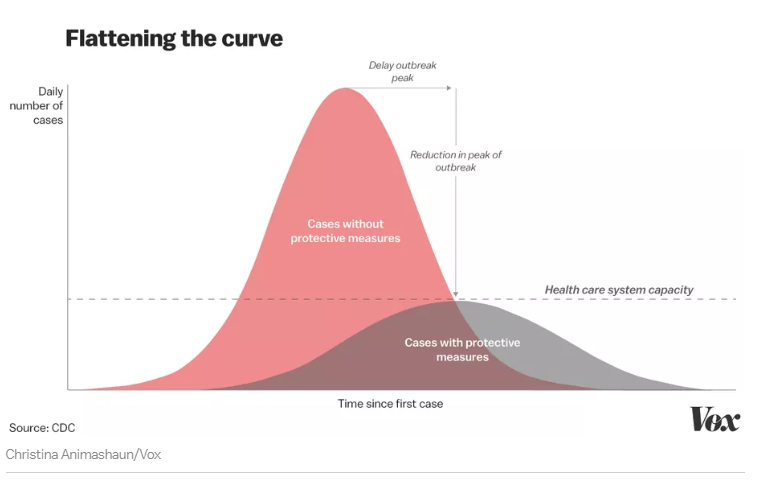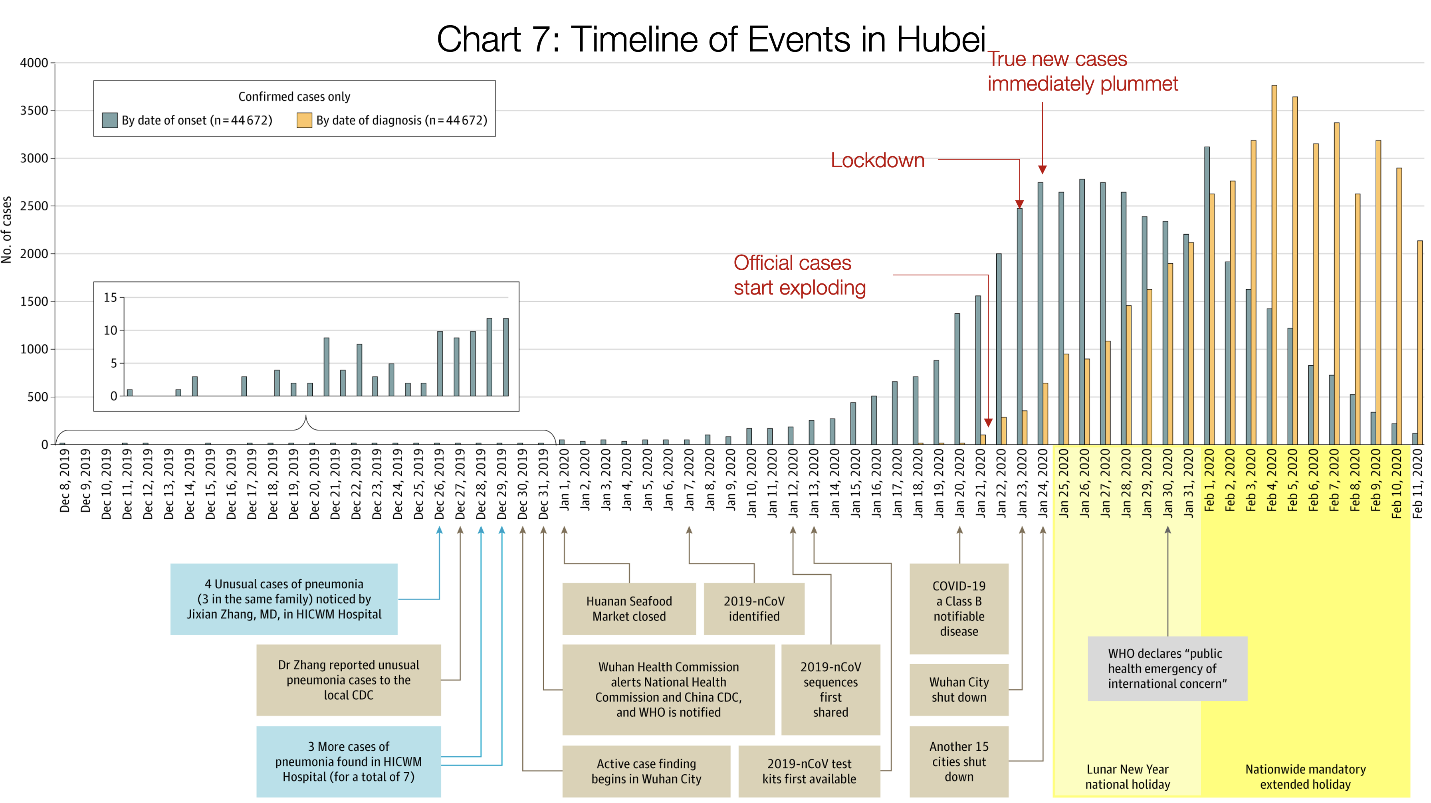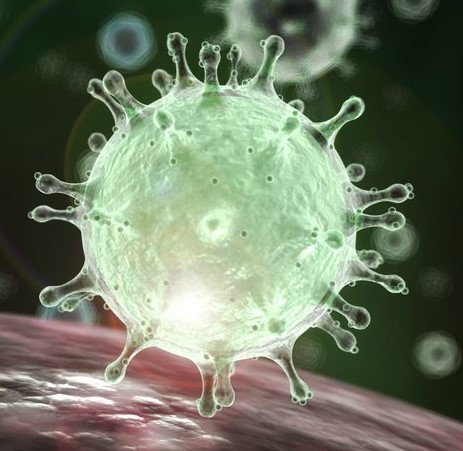It’s no secret that you cannot go anywhere without hearing about pandemics and the coronavirus, but the lingering question is what will happen to me? The number of global cases has grown exponentially but containment and the latest trend of “social distancing” is attempting to slow the spread. These measures would not prevent the illness but slow its impact on the communities and associated consequences. The concept is simple – stay away from large gatherings of people, keep yourself home if you feel sick, and wash your hands.
The concept of “flattening the curve” is about lessening the impact to the general population and cutting exposure. “Put in another way: Countries that act fast can reduce the number of deaths by a factor of ten. And that’s just counting the fatality rate. Acting fast also drastically reduces the cases, making this even more of a no-brainer.”[1] One element of good news coming out of the news reports is that most cases of COVID-19 are mild.


Source: https://www.vox.com/2020/3/10/21171481/coronavirus-us-cases-quarantine-cancellation
The spread outside of China has been growing with the hardest hit countries being Italy, South Korea and Iran. If the outbreak occurs within a small window of time the health care system is stretched beyond its capacity. Mostly seen in conflicts and wartime, tough decisions are being made of who gets care and who is left to fight for their life without medical intervention. “There are serious concerns about the US system’s capacity to handle a severe outbreak. Covid-19 is a respiratory illness and in its most serious stages can require patients with pneumonia to be put on a ventilator. But there might not be enough ventilators to meet that need if the outbreak becomes too widespread.”[2] Currently only around 20% of cases globally require hospitalization. Of those cases, less than 5% will require patients to spend time in the ICU.
The outbreak in Wuhan provides the best source of data to analyze. The chart below depicts the timeline of events in the province of Hubei. As cases started to increase, a lock down was established.


Source: https://medium.com/@tomaspueyo/coronavirus-act-today-or-people-will-die-f4d3d9cd99ca
Immediately following the lockdown, cases began to decrease. While these statistics are for the masses, common sense leads judgment to know that severity and mortality rate will be higher among high-risk groups.
Countries that react the fastest have the best opportunity to contain the virus. As the U.S. panics and a global recession looms in the background, both Hong Kong and Singapore have reduced their cases. With their proximity to the outbreak, the countries immediately set up a system for treatment. Hong Kong developed tests that were given to every major hospital in the city. The peak of 12,000 people in quarantine has been drastically reduced. Singapore’s prime minister announced that health care costs related to COVID-19 would be free. The aggressive response – which some consider overeating – seems to be the best outcome for citizens.
[1] https://medium.com/@tomaspueyo/coronavirus-act-today-or-people-will-die-f4d3d9cd99ca
[2] https://www.vox.com/2020/3/10/21171481/coronavirus-us-cases-quarantine-cancellation




